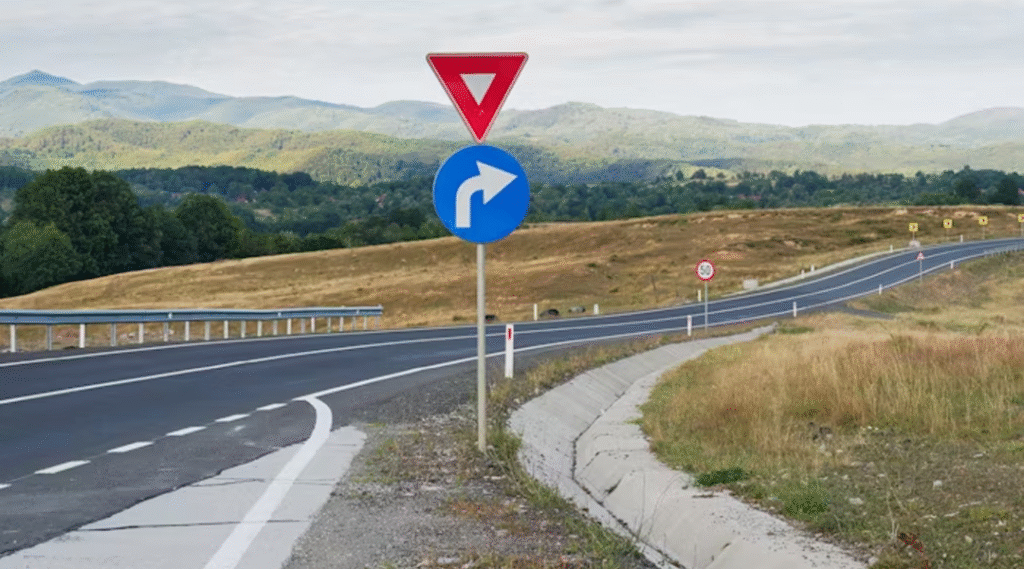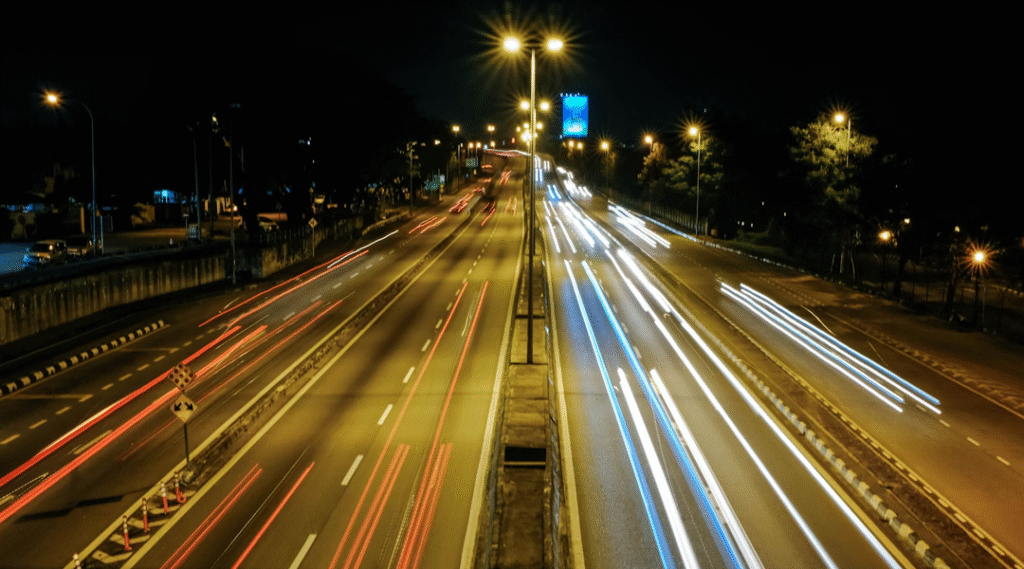Urban centers around the globe grapple daily with gridlock, unpredictable congestion, and the environmental toll of idling vehicles. Traditional traffic control—relying on fixed-schedule signal timing and manual monitoring—can no longer keep pace with the complex, ever‑shifting patterns of modern mobility. Today, the marriage of artificial intelligence (AI) and big data analytics is ushering in a new era of proactive, dynamic traffic management, capable of anticipating snarls before they form, optimizing flows in real time, and delivering measurable improvements in safety, efficiency, and sustainability.
1. Laying the Data Foundation
Effective AI-driven traffic control begins with comprehensive data collection. Cities are installing a dense web of sensors—inductive loops, radar detectors, Bluetooth beacons—and high-resolution cameras at key intersections and along major corridors. In tandem, connected vehicles and smartphones feed anonymized location and speed data into centralized platforms. This heterogeneous influx—spanning weather feeds, public transit schedules, and even social‑media event alerts—is harmonized by big data pipelines that cleanse, synchronize, and aggregate information at scale. The resulting unified traffic database forms the raw material for machine‑learning models to detect emerging patterns and hidden correlations.
2. Forecasting Congestion Before It Strikes
Rather than merely reacting to jams, AI systems excel at predictive modeling. By training on historical traffic volumes, incident logs, meteorological conditions, and local calendar events, these algorithms learn to forecast bottlenecks minutes or even hours in advance. Traffic managers can then push proactive measures—dynamic lane assignments, variable speed limits, or rerouting advisories—to mitigate slowdowns before they escalate. In practice, cities leveraging such forecasts report up to a 20% reduction in peak‑hour delays by steering flows around impending trouble spots.
3. Adaptive Signal Control in Real Time
Predictive insights gain real power when paired with adaptive signal control. Unlike rigid, time‑of‑day programs, AI‑enabled traffic lights adjust green‑and‑red cycles on the fly, responding instantly to live sensor readings. For example:
- Platoon Management: By detecting approaching groups of vehicles (“platoons”), the system can extend green phases just long enough to clear an entire group, minimizing stop‑and‑go waves.
- Priority Routing: Connected transit vehicles and emergency responders send priority requests, prompting signals to adapt phase lengths and expedite passage.
- Incident Response: If a sudden slowdown or disruption occurs—such as debris on the road or an accident—the controller can reshape cycle timing in adjacent intersections to relieve pressure on the affected link.
Cities that have implemented this technology typically see a 15–25% drop in intersection delays, along with smoother vehicle trajectories that cut fuel consumption and emissions.
4. Collaboration Through Federated Learning
Data privacy and inter‑jurisdictional cooperation pose significant barriers to wide‑scale AI deployment. Federated learning offers a solution by enabling multiple agencies—or even neighboring cities—to collaboratively train shared traffic‑prediction models without exchanging raw data. Each participant computes local model updates from its own sensor networks and then shares only encrypted gradients. The central server aggregates these insights into a global model that benefits all, while preserving the confidentiality of proprietary or sensitive traffic data.
5. Tangible Benefits Across the Board
The synergy of AI and big data in traffic management yields multiple, reinforcing advantages:
- Efficiency Gains: Proactive rerouting and adaptive signaling trim average trip times by up to 25%, improving productivity for commuters and commercial vehicles alike.
- Environmental Impact: Fewer stops and smoother travel patterns can reduce urban vehicle emissions by 10–20%, contributing to cleaner air and climate targets.
- Enhanced Safety: Real‑time anomaly detection flags accidents or stalled vehicles within seconds, enabling quick incident response and lowering the risk of secondary collisions.
- Economic Savings: Reduced congestion saves fuel costs and delays, with industry estimates projecting tens of billions in annual municipal savings globally.
6. Overcoming Implementation Challenges
Despite its promise, city governments and transportation agencies face hurdles when rolling out AI‑based traffic systems:
- Infrastructure Investment: Retrofitting aging roadways with the required sensor density demands significant capital.
- Technical Expertise: Effective operation and maintenance require staff skilled in data science, machine learning, and network security.
- Standards and Interoperability: Ensuring that devices and platforms from diverse vendors can seamlessly communicate calls for adherence to open protocols (e.g., NTCIP, DATEX II).
- Public Trust: Transparent data‑governance policies and strong cybersecurity measures are essential to address privacy concerns and foster community buy‑in.
Strategic public–private partnerships, phased pilot programs, and workforce training initiatives can help tackle these obstacles and build stakeholder confidence.
7. Looking Ahead: Integrating Mobility Ecosystems
As AI and big data platforms mature, they will underpin Mobility‑as‑a‑Service (MaaS) ecosystems, where traditional transit, ride‑hailing, bike‑share, and micro‑mobility converge within unified trip‑planning and payment apps. Edge computing and 5G connectivity will further boost responsiveness by processing critical traffic decisions nearer the roadside. Future innovations like deep reinforcement learning may even give rise to fully autonomous signal agents that continuously refine strategies through real‑world experimentation.
Cities that act now—investing in scalable data infrastructures, fostering cross‑agency collaboration, and embracing adaptive technologies—will be best positioned to realize these advanced mobility visions. By harnessing AI and big data today, they can unlock faster commutes, safer streets, and a cleaner urban environment for all.
All articles on this special edition-SMART TRAFFIC:
(#1) What Is Smart Traffic? A Complete Beginner’s Guide
(#2) The Technologies Behind Smart Traffic: From IoT to AI
(#3) Reimagining Urban Roads: Smart Infrastructure in Action
(#4) How AI and Big Data Are Revolutionizing Traffic Management
(#5) Smart Traffic Meets Autonomous Vehicles: A Symbiotic Future
(#6) Smart Traffic Benefits and the Roadblocks Ahead
(#7) Global Smart Traffic Projects: Key Takeaways for Urban Mobility
(#8) Who’s Leading the Smart Traffic Revolution?
(#9) The Future of Smart Traffic: Key Trends for 2025 and Beyond
(#10)Building Ethical, Legal, and Secure Smart Traffic Systems
As for in-depth insight articles about AI tech, please visit our AI Tech Category here.
As for in-depth insight articles about Auto Tech, please visit our Auto Tech Category here.
As for in-depth insight articles about Smart IoT, please visit our Smart IoT Category here.
As for in-depth insight articles about Energy, please visit our Energy Category here.
If you want to save time for high-quality reading, please visit our Editors’ Pick here.



